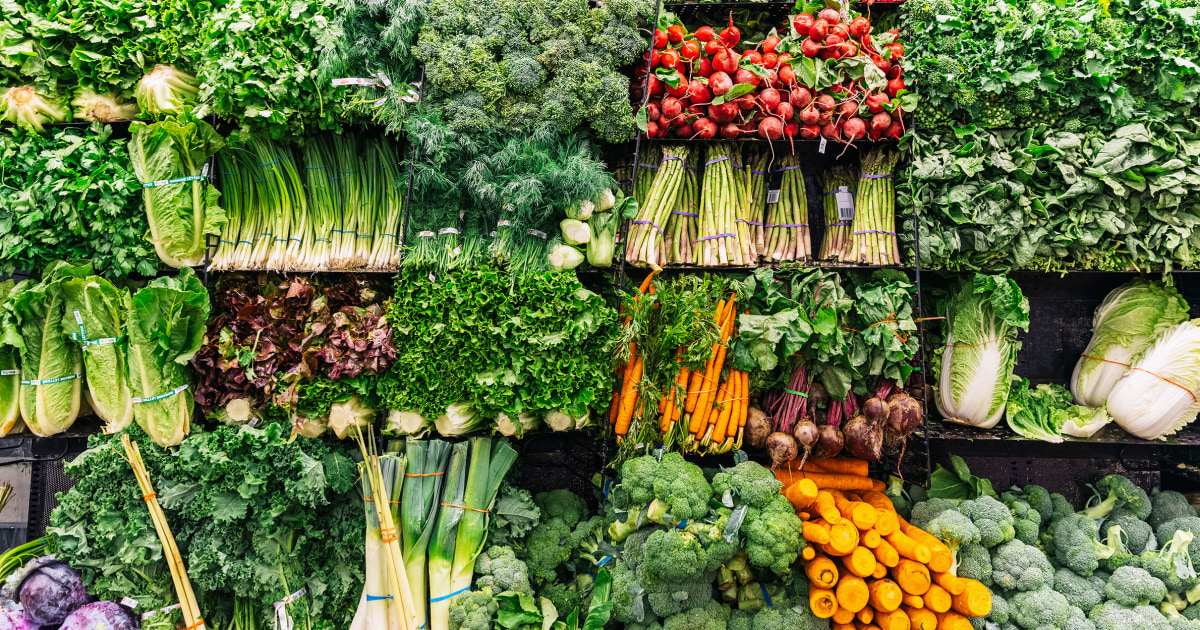Vegetable Prices Rise 38.9%: Economic Impact on Grocery Budgets
- Better American Media

- Aug 19
- 2 min read

As budgets tighten, shoppers may find themselves grappling with rising prices in the produce section. This trend could complicate efforts for those looking to adopt a plant-based diet.
Recent statistics from the U.S. Bureau of Labor Statistics indicate a significant 38.9% increase in wholesale prices for domestic fresh and dry vegetables compared to last year, as reported in July 2025.
This increase is noteworthy, marking the largest one-month fluctuation during a summer month in nearly a century, according to NBC’s Christine Romans during her appearance on TODAY on August 15.
Retailers now face a critical choice: absorb the increased costs or pass them on to consumers.
What’s Causing the Price Surge?
Several factors are contributing to the rising costs of vegetables. One major factor is unpredictable weather conditions, including droughts, which disrupt supply chains.
Labor shortages have also worsened the situation. Efforts by the Trump administration to deport undocumented workers have created uncertainty among farm laborers, as previously highlighted by NBC News.
In a statement to Fox News, Trump suggested there may be a consideration to halt immigration raids in specific sectors. This comment came after a wave of arrests targeting immigrant workers in agriculture and hospitality during the same month, as detailed in an article from NBC News.
Additionally, Romans pointed out that tariffs on imported produce have influenced the prices alongside domestic goods. More on this topic can be found here.
Are These Price Increases Permanent?
The future of vegetable pricing remains uncertain. Romans provides insights into how to interpret these trends.
“I like to watch a few months of these kinds of numbers to kind of see what direction things are going in. But this is certainly getting a lot of attention because we know that you can look at overall inflation statistics, but people like to look at things that they can touch and feel like eggs or vegetables or something in particular,” she explained.
Rising vegetable prices are part of a broader trend affecting various grocery items, showcasing a significant economic challenge.
“This spike is something I think that just reminds people that the cost of living is still issue number one and there are still some significant pressures in terms of the prices we’re paying every day for everyday items. You can’t swap out vegetables. Vegetables are a pretty important part of the menu,” Romans stated.
Consequences for Consumers
Given the slim profit margins in the grocery sector, consumers can expect to see an increase in vegetable prices soon. Romans has indicated that while it's too early to make concrete forecasts, shoppers may experience these escalated prices shortly.
Although some grocery chains are trying to absorb the additional costs, there is a limit to how much they can sustain before passing expenses onto consumers.
This situation is reminiscent of the hike in beef prices observed in July, where ground beef prices rose to $6.12 per pound, reflecting an approximate 12% increase from the previous year, while uncooked beef steaks saw prices climb to $11.49 per pound, an 8% rise.

